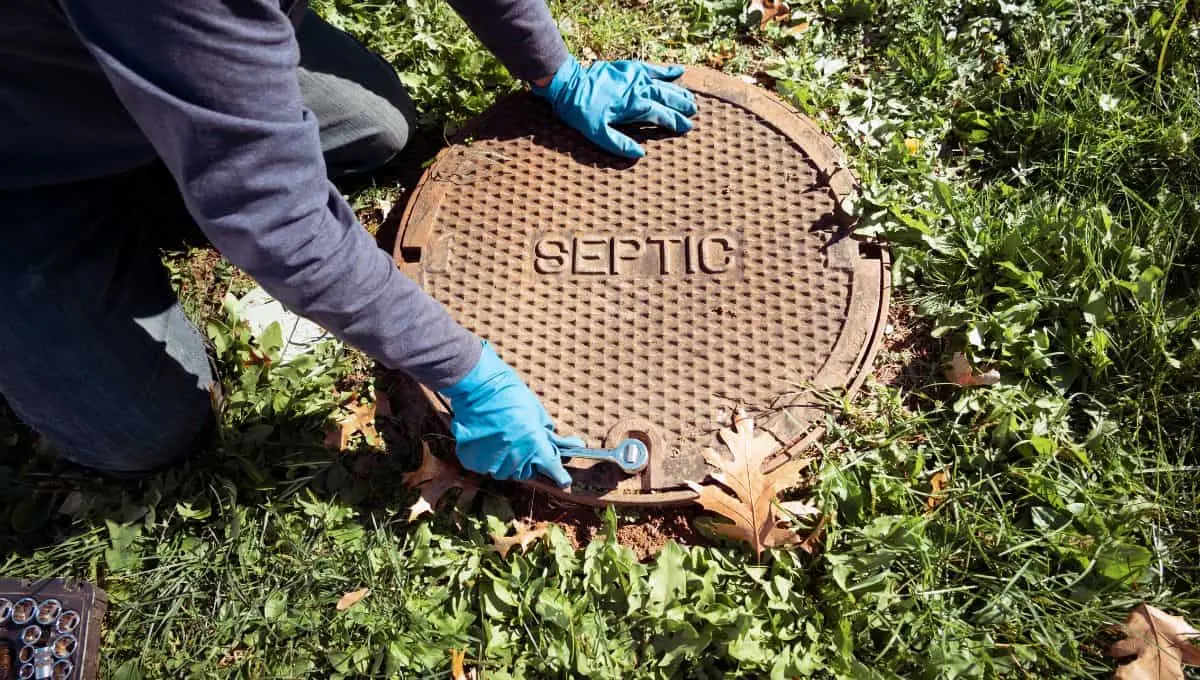
Are you struggling to manage wastewater on your rural property? If so, you’re not alone. Many homeowners struggle to find effective and reliable rural septic systems to handle their wastewater needs. Septic tanks in rural areas are essential for on-site wastewater treatment where municipal services are unavailable. A properly functioning septic system is important for the environment and the well-being of your property and family.
This guide provides expert advice and practical tips for tackling common septic system issues and ensuring smooth operation. From proper installation to proactive maintenance, learn how to keep your system running efficiently and avoid costly repairs.
Common Wastewater Treatment Problems in Rural Areas
Rural areas face several challenges in managing wastewater due to environmental and resource limitations. These challenges often result in improper treatment and disposal, posing environmental and community health risks. Some of the most common problems include:
- Inadequate soil conditions
- Insufficient infrastructure
- Lack of technical expertise
- Lack of access to centralised treatment facilities
- Malfunctioning or overburdened systems
- Improper wastewater disposal
- Inadequate financial resources for installation, operation, and maintenance
- Improper System Design or Maintenance
What is a Septic System?
A septic system is an on-site wastewater treatment and disposal system used in areas without centralised sewer network access. It typically includes a septic tank and a drainage or leach field designed to treat and dispose of household wastewater safely and environmentally friendly.
How Do Septic Systems Work in Rural Areas?
Septic Systems act as mini wastewater treatment plants in rural areas. Wastewater from the household flows into a buried septic tank, where gravity separates the solids, oils, and grease from the liquid effluent. Anaerobic bacteria break down the organic matter in the tank while the clarified effluent discharges into a nearby drainage field. As the effluent filters through the soil in the drainage field, the earth acts as a natural purifier, removing contaminants before the water rejoins the groundwater table.
Benefits of Septic Systems in Rural Areas
Septic systems offer numerous benefits for homeowners in rural areas, making them an attractive and practical choice for wastewater management. Some of these benefits include:
1. Reducing Groundwater Contamination
Properly functioning septic systems prevent harmful pathogens and pollutants from entering groundwater supplies. By treating wastewater on-site, these systems help protect the purity of local water sources. They also ensure that contaminants do not seep into the groundwater, safeguarding the health of the community and the environment.
2. Promoting Sustainable Water Management
These systems naturally recycle water into the soil, contributing to groundwater recharge. This process helps maintain the water table and supports local vegetation. Furthermore, it ensures sustainable water management in rural areas, benefiting the environment and the community.
3. Reduced Surface Water Pollution
Effective septic systems keep pollutants out of nearby water bodies, ensuring that rivers and lakes remain clean. This protection is essential for the health of aquatic habitats and for communities that rely on these water sources for drinking water and recreation.
4. Cost-Effective Solution for Rural Homes
Installation and maintenance costs are generally lower than connecting to municipal sewer systems. Septic systems provide an affordable alternative for rural homeowners, with lower upfront costs and reduced expenses over time. It makes them a financially viable option for managing household wastewater.
5. Low Operational Costs
Once installed, septic systems require minimal energy and have low ongoing maintenance expenses. It makes them an efficient and economical choice for managing household wastewater in rural settings. Additionally, their low operational costs contribute to their long-term affordability and sustainability.
6. Increased Property Value
Homes with well-maintained septic systems have higher property values due to their independence from municipal services. This added value attracts potential buyers, especially in rural areas with limited access to public sewage systems. Moreover, a functional septic system can reassure buyers about the property’s long-term sustainability and reliability.
7. Independence from Municipal Sewage Systems
Septic systems provide a self-contained wastewater management solution, ideal for remote areas. Unlike municipal systems, septic systems are less likely to be affected by power outages or other disruptions. This independence ensures continuous wastewater treatment, even during emergencies. Furthermore, relying on a septic system eliminates the need for costly connections to municipal services, making it a practical choice for rural homeowners.
8. Flexibility in Location and Design
Septic systems can be tailored to fit various property sizes and site conditions, including areas with limited space or challenging terrain. This flexibility allows homeowners to install systems that meet their needs, regardless of their property’s layout. Additionally, the customisable nature of septic systems ensures they can be adapted to a wide range of environmental conditions, enhancing their suitability for diverse rural settings.
9. Scalability
Septic systems can be designed to handle the specific wastewater needs of a single home or multiple residences, making them adaptable to various property sizes. This scalability is particularly beneficial for growing families or properties with multiple buildings. As a result, homeowners can invest in a septic system that accommodates their current needs while also planning for future expansions. This adaptability ensures long-term effectiveness and convenience for rural properties.
10. Protection of Public Health
Properly maintained septic systems reduce disease risk by effectively treating and containing household wastewater. It ensures that families and communities are not exposed to the dangers of untreated sewage, which can contain harmful bacteria and viruses. Consequently, these systems play a crucial role in safeguarding public health. By preventing the spread of pathogens, septic systems contribute to a healthier living environment.
11. Low Carbon Footprint
Septic systems typically have a lower carbon footprint than centralised sewage treatment plants. This is because they require less energy to operate and rely on natural processes for wastewater treatment. Furthermore, septic systems minimise environmental impact by reducing the need for extensive infrastructure and transportation.
12. Support for Local Ecology
Septic systems contribute to ecological health by treating wastewater and returning clean water to the soil. This clean water promotes robust plant growth, which in turn provides food and shelter for local wildlife. As a result, a diverse and balanced ecosystem flourishes.
Types of Rural Septic Systems
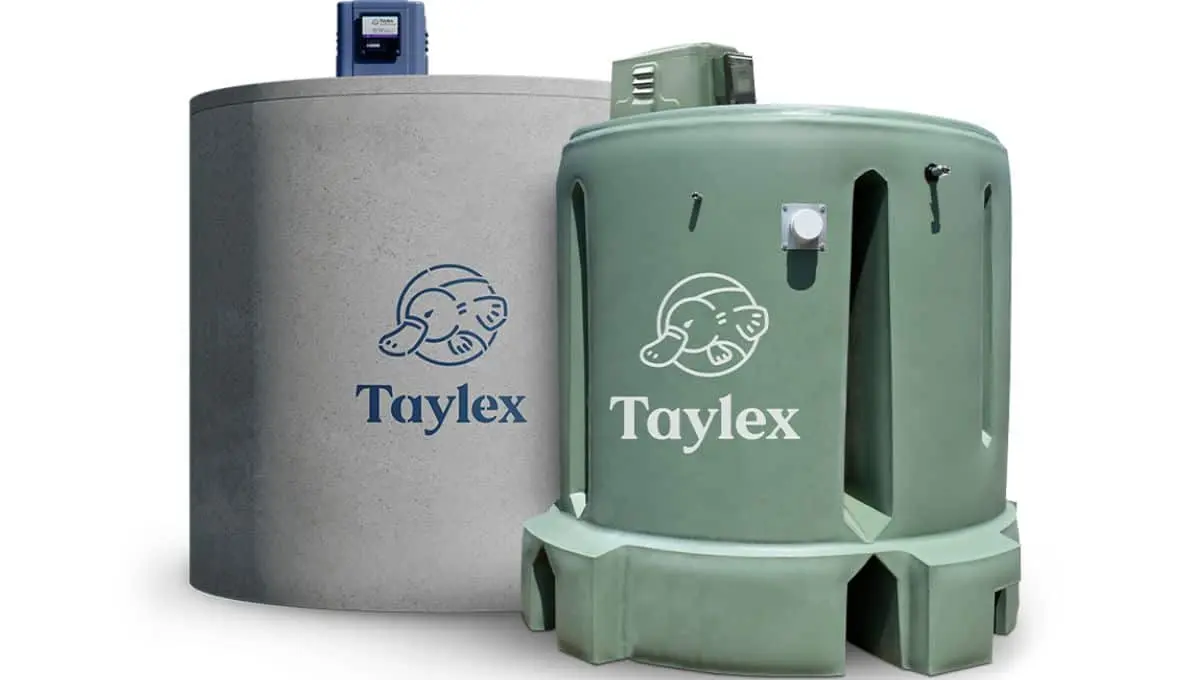
There are different types of septic systems, each catering to specific site conditions and household demands. From conventional setups to advanced treatment units, these systems offer flexibility in managing wastewater. Choosing the right system depends on site conditions, soil type, and household water usage.
1. Conventional Septic Systems
Conventional septic tank system consist of a septic tank and a soil absorption field, also known as a drain field. Wastewater from the home flows into the septic tank, where solids settle at the bottom and scum floats on top. The liquid effluent then moves into the drain field through perforated pipes buried in trenches. The soil naturally filters and treats the effluent, removing harmful bacteria and nutrients. These systems are cost-effective and simple to maintain, making them popular for many rural homes.
2. Advanced Secondary Wastewater Treatment Systems (STS)
Advanced Secondary Wastewater Treatment Systems (STS) provide a higher wastewater treatment level than conventional systems. These systems include additional treatment stages, such as aeration and disinfection, to produce cleaner effluent. Components typically include an aeration chamber, a clarifier, and a disinfection unit. The treated water is then suitable for irrigation or other non-potable uses. STS require more frequent maintenance and monitoring and may include advanced features like UV or chlorination disinfection. They are ideal for areas with sensitive environmental conditions needing higher effluent quality.
3. Aerobic Treatment Units (ATUs)
ATUs use oxygen to break down organic matter in wastewater, offering higher treatment levels than conventional systems. They include an aeration chamber to promote aerobic bacterial activity, decomposing waste more efficiently. ATUs typically have a pre-treatment tank, aeration chamber, and a final clarifier, followed by disinfection if needed. They require regular maintenance and electricity for the aeration pump. ATUs are beneficial in areas with poor soil conditions or high water tables
4. Mound Systems
Mound systems are for sites with poor soil conditions, high water tables, or shallow bedrock. They consist of a sand-filled mound above the natural soil surface, with effluent pumped from the septic tank into the mound through a network of pipes. The sand and soil layers provide additional filtration and treatment. Mound systems include a dosing chamber to pump effluent at timed intervals, ensuring even distribution. These systems are suitable where conventional systems are not feasible.
5. Sand Filter Systems
Sand filter systems treat septic tank effluent using a sand-filled bed before dispersing it into the soil. The effluent is pumped or gravity-fed into the sand filter, passing through sand layers that remove contaminants. The treated effluent is then collected and distributed to the drain field for further soil absorption. Sand filters provide excellent treatment and suit areas with high groundwater tables or poor soil quality. These systems are low-maintenance and can significantly improve effluent quality.
6. Drip Distribution Systems
Drip distribution systems deliver treated effluent directly to the root zone of plants using a network of small-diameter pipes and emitters. The effluent is first treated in a septic tank or an advanced treatment unit and then pumped into the drip distribution system. This method ensures precise, even effluent distribution, promoting efficient nutrient uptake by plants and reducing the risk of surface runoff. Drip distribution systems are ideal for sites with limited space or where traditional drain fields are impractical. They provide effective wastewater disposal while supporting plant growth and soil health.
Best Septic System for Rural Homes
Selecting the best wastewater treatment systems for your rural home involves considering various factors to ensure effective and sustainable wastewater management. These factors are crucial as they influence the system’s efficiency, cost, and suitability for your property.
1. Soil Type
The type of soil on your property affects how well a septic system works. Different soils absorb and filter water differently. Certain systems, like mound or sand filter systems, are better suited for poor soil conditions or high groundwater tables. A soil test can help determine the best system, whether a conventional septic tank or an advanced treatment unit.
2. Property Size
Your property’s size influences the septic system’s type and layout. Larger properties may accommodate conventional septic systems with extensive drain fields. At the same time, smaller lots require compact systems like aerobic treatment units (ATUs) or drip distribution systems.
3. Household Water Usage
Understanding your household’s water usage is crucial for selecting a septic system. Homes with higher water usage might benefit from systems with larger capacities or advanced treatment options like AWTS. Efficient systems ensure effective wastewater management without overloading the system.
4. Budget
Your budget plays a huge role in choosing a septic system. Conventional systems tend to be more affordable upfront. In contrast, advanced systems like AWTS or ATUs may have higher initial costs but offer long-term savings through lower maintenance and operational expenses.
5. Conventional vs. Alternative Septic Systems
Deciding between conventional and alternative septic systems depends on your property’s specific needs and environmental conditions. Conventional systems are straightforward and cost-effective, while alternative systems like mound or sand filter systems provide solutions for challenging site conditions.
6. Maintenance Preferences
Your willingness to perform regular maintenance or hire professionals will affect your choice. Conventional systems require periodic pumping and inspection, whereas advanced systems may need more frequent maintenance to ensure optimal performance. Choosing a system that matches your maintenance preferences is essential for long-term success.
7. Consulting with Professionals
Consulting with professionals ensures you select the most suitable septic system for your property. Experts can conduct site evaluations and soil tests and provide tailored recommendations, ensuring your system complies with local regulations and functions efficiently. Their guidance can help you avoid costly mistakes and ensure a well-functioning system.
Rules and Regulations for Rural Septic Systems

Rural septic systems are governed by strict local regulations and guidelines to ensure environmental protection and public health. These regulations vary by state and territory but require proper system design, installation, and maintenance. For instance, in Queensland, homeowners must obtain approval from the local government and follow performance standards outlined in the Plumbing and Drainage Acts of 2002 and 2018.
Importance of Compliance
Compliance with septic system regulations is essential for several reasons:
- Compliance helps homeowners avoid fines and legal issues for failing to meet local health and safety standards.
- Protects the environment by preventing untreated wastewater from contaminating soil and water sources.
- Adhering to regulations ensures that septic systems function efficiently, reducing the risk of costly repairs and health hazards.
Steps to Ensure Your System Meets Regulations
Ensuring your septic system complies with regulations involves 5 key steps:
1. Working with Professionals
Hire licensed professionals for system design, installation, and maintenance. Their expertise ensures the system meets all regulatory requirements.
2. Staying Informed
Update yourself regularly on local regulations and any changes that may occur. It ensures ongoing compliance and avoids unexpected legal issues.
3. Obtaining Permits
Before installation, secure all necessary permits from local authorities. This step verifies that your system meets the required standards.
4. Regular Inspections
Schedule annual inspections to monitor the condition of your septic system. Regular checks help identify issues early and maintain compliance.
5. Proper Documentation
Keep records of all maintenance, inspections, and regulatory communications. This documentation is essential for demonstrating compliance during audits or inspections.
Want to verify your rural septic system meets all wastewater regulations? Check out our in-depth post on “Wastewater Regulations.”
How to Install a Rural Septic System?
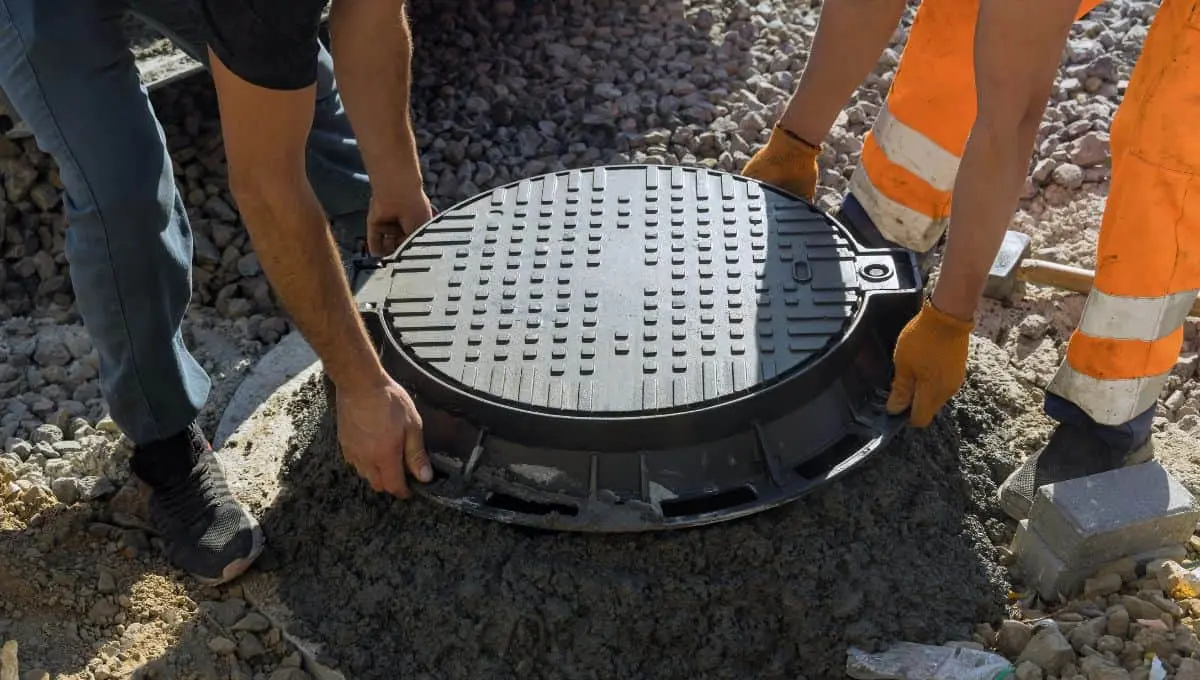
Installing a septic system for your rural property may seem challenging, but a clear process can simplify it. Start by understanding local regulations and conducting a soil test to determine the best system design. Next, obtain the necessary permits, place the septic tank, and install the drain field. Ensure proper backfilling and inspect the system to guarantee efficient operation for your rural home.
Whether you do it yourself or hire a professional, proper installation is essential to ensure the system functions correctly and meets all regulations.
DIY vs Professional Installation
DIY installation can save money upfront, but its complexity and potential risks outweigh the benefits. Moreover, it requires a solid understanding of septic systems and local regulations, which a homeowner may not have. Even simple mistakes can lead to costly repairs, legal issues, and serious health and environmental risks.
On the other hand, professional installation ensures compliance with local, state, and federal regulations and guarantees a properly functioning system. While it costs more upfront, hiring professionals can save you time and prevent potential problems in the future.
Importance of Professional Septic Tank Installation
Professional installation is essential for ensuring the septic system is installed correctly. Experts conduct thorough site evaluations and soil tests, and they know the best practices for system design and installation. This expertise helps prevent issues and ensures long-term system reliability.
1. Ensuring Compliance with Regulations
Professionals are knowledgeable about local, state, and federal regulations. They ensure that the septic system installation meets all legal requirements, helping you avoid potential fines and legal issues. Proper compliance also protects the environment and public health.
2. Maximising System Efficiency and Lifespan
Correct installation techniques ensure the system operates efficiently. Professionals use best practices to extend the life of your septic system, reducing the need for frequent repairs and maintenance. This ensures you get the most out of your investment and maintain effective wastewater management.
3. Preventing Environmental Contamination
Professionals ensure the system is installed to prevent groundwater contamination. This reduces the risk of leaks and system failures that can harm the environment. By protecting local water sources, they help maintain a safe and clean ecosystem.
4. Accurate Site Evaluation and Soil Testing
Professionals conduct thorough site evaluations and soil tests to determine the best system type and placement. It ensures the system suits your property’s specific conditions, leading to better performance and longevity.
5. Proper System Design and Planning
Experts design systems tailored to the property’s size, soil type, and household water usage. This professional planning helps avoid future problems and costly repairs, ensuring the system runs smoothly.
6. Reliable Installation and Follow-up Services
Professionals provide reliable installation with attention to detail. They offer follow-up services for maintenance and troubleshooting, ensuring the long-term functionality of your septic system. This ongoing support keeps the system running efficiently and prevents unexpected issues.
Want to learn more? Check out our detailed guide on “Septic Tank Installation“ now.
Rural Septic System Maintenance
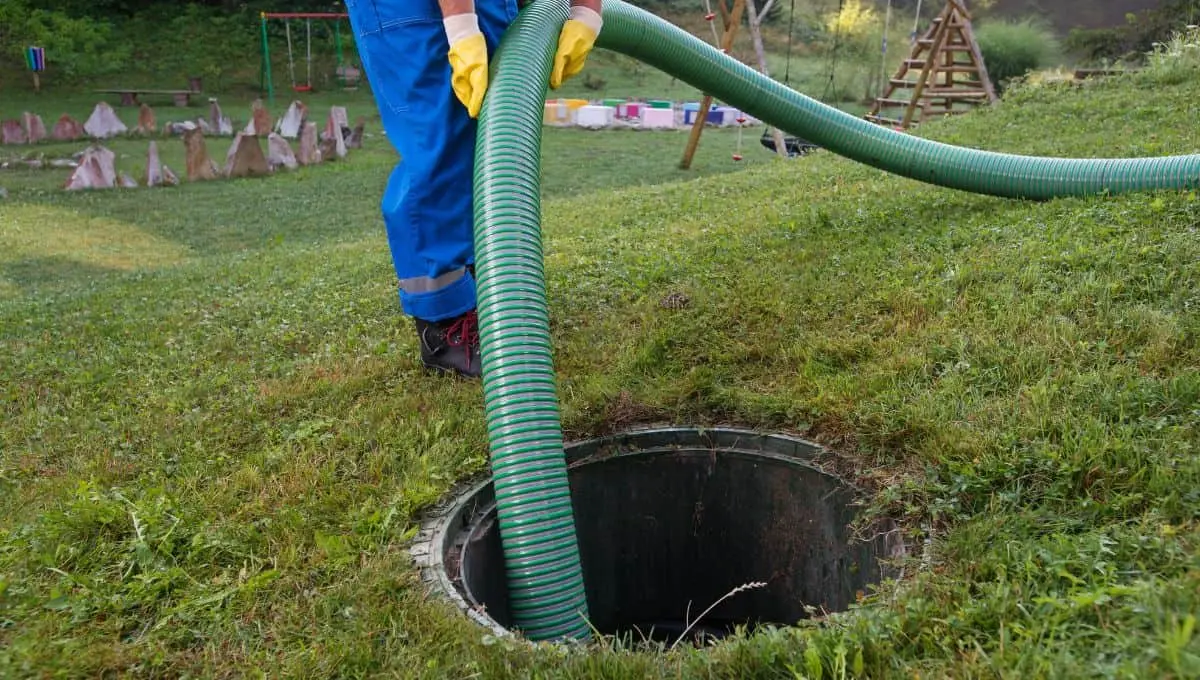
Keeping your rural septic system healthy requires a proactive approach. Regular maintenance ensures it functions smoothly and protects your environment.
Here are key steps for proper septic system maintenance in rural areas:
Regular Inspections
Having your septic system inspected by a professional on a routine basis can help identify potential issues early, allowing for timely interventions before problems escalate.
Periodic Pumping
Pumping the septic tank every 3 to 5 years is essential to remove the accumulated sludge. It prevents the system from becoming overloaded, which could lead to backups and other expensive repairs.
Proper Waste Management
Avoiding harsh chemicals and properly disposing of household waste helps maintain the delicate balance of the septic system’s natural bacterial processes.
Water Conservation
Being mindful of water usage and implementing water-saving practices can reduce the strain on the septic system, enhancing its longevity and performance.
Discover detailed instructions on septic tank maintenance in our comprehensive blog post, “How to Maintain a Septic Tank?”
Seasonal Maintenance Tips
Maintaining a septic system requires different approaches depending on the season. In colder climates, insulate pipes to prevent it from freezing. During the rainy season, ensure the drainage field is not waterlogged to maintain efficiency. Regularly check the system during dry periods to prevent cracks and leaks.
Troubleshooting Common Issues
Common septic system problems include slow drains, foul odours, and system backups. Regularly inspect the system for signs of trouble, such as wet spots in the yard or gurgling sounds in the plumbing. If issues persist, call a professional to prevent further damage and costly repairs. Prompt attention to any issues can prevent further damage and costly repairs down the line.
How to Choose the Right Wastewater Specialist for Septic Installation & Maintenance?
Choosing the right wastewater specialist is essential for the proper installation and maintenance of your septic system. Use these steps to find the best professional for the job.
- Verify credentials and licensing
- Look for extensive experience
- Check customer reviews and ratings
- Request references from past clients
- Ensure they provide a detailed quote
- Confirm knowledge of local regulations
- Evaluate their customer service quality
- Confirm availability of maintenance services
Why AWTS is the Professional’s Top Choice for Rural Septic Systems?
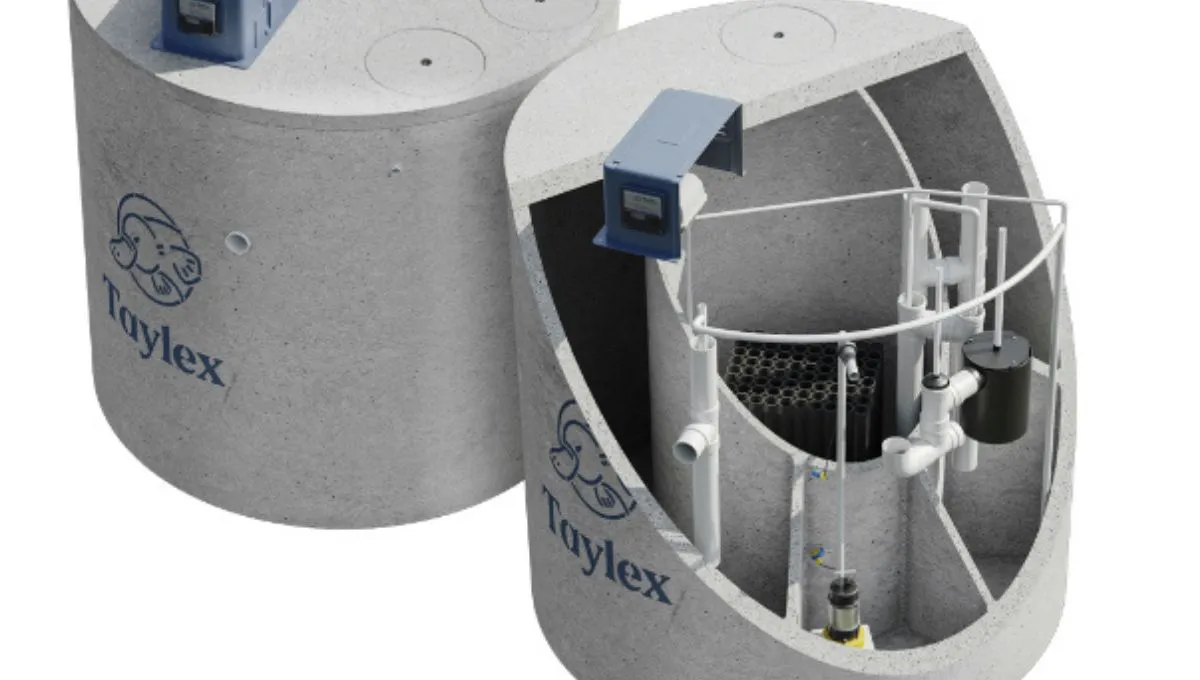
Wastewater experts often prefer Aerated Wastewater Treatment Systems (AWTS) due to their superior treatment capabilities and adaptability to various site conditions. AWTS offer numerous benefits that make them ideal for rural properties, ensuring efficient and environmentally friendly wastewater management.
1. Superior Wastewater Treatment
AWTS provides advanced treatment, significantly improving the quality of effluent discharged. It ensures safer and cleaner wastewater management, essential for protecting local water sources and public health. The enhanced treatment process makes AWTS highly effective in rural settings.
2. Enhanced Environmental Safeguards
These systems offer better protection against groundwater and surface water contamination, promoting environmental sustainability. By ensuring that the treated effluent is safe, AWTS helps maintain the ecological balance and protect local wildlife habitats.
3. Flexibility in Installation
AWTS can be adapted to various site conditions, including poor soil quality or high groundwater levels. This flexibility makes them suitable for diverse rural landscapes, ensuring every property can have an efficient wastewater treatment solution.
4. Reliability and Durability
Designed with advanced technology, AWTS are less prone to failures, ensuring long-term reliability and consistent performance. Their robust construction and efficient operation make them a dependable choice for rural homeowners seeking sustainable wastewater solutions.
5. Reduced Odor and Aesthetic Impact
With improved aeration and treatment processes, AWTS minimise unpleasant odours, making them more pleasant to live with. You can install them discreetly, maintaining the aesthetic appeal of rural properties and ensuring a cleaner, more enjoyable environment.
6. Regulatory Compliance
AWTS systems are designed to meet stringent regulatory requirements, ensuring that rural properties comply with local, state, and federal wastewater treatment standards. This compliance is essential for legal and environmental reasons, providing peace of mind to homeowners and professionals alike.
7. Scalability for Larger Properties
AWTS can handle larger volumes of wastewater, making them ideal for rural homes with extensive land or higher water usage needs. This scalability ensures effective wastewater management for properties with multiple residences or significant water consumption.
8. Lower Long-Term Costs
Although the initial investment in AWTS might be higher, these systems often result in lower long-term costs due to reduced maintenance and fewer system failures. It makes them a cost-effective choice for homeowners seeking sustainable and reliable wastewater solutions.
9. Support from Specialists
Professional installation and ongoing support from wastewater specialists ensure optimal system performance and longevity. Homeowners benefit from expert guidance, proper maintenance, and timely troubleshooting, ensuring their system runs smoothly.
Choose Taylex for Your Septic Needs
With over 50 years of experience, Taylex is a trusted leader in comprehensive wastewater management. Our product range includes advanced treatment systems, rainwater tanks, drainage, and reliable septic solutions engineered for environmental sustainability and longevity.
As a Queensland-based company, Taylex is the preferred provider of septic systems across the state, offering customised solutions for residential and commercial properties. Whether you need a new septic system or ongoing maintenance, our proven expertise guarantees reliable service across Queensland and Australia.
Conclusion
Whether you’re new to rural living or an experienced homeowner, managing a septic system can sometimes feel daunting. However, by implementing the strategies outlined in this guide, you can overcome the challenges of rural wastewater management. You can now make informed decisions about choosing the right system, ensuring proper installation, and maintaining it for optimal performance. Remember, with the right approach, you can conquer the challenges of rural wastewater management and embrace a self-sufficient lifestyle.
Rural Septic Systems FAQs
Why are septic systems used in rural areas instead of connecting them to a local wastewater treatment facility?
Septic systems are commonly used in rural areas due to the unavailability of municipal sewer systems. It’s expensive and impractical to build and maintain centralised wastewater treatment infrastructure for widely dispersed rural properties. Hence, septic systems is the best solution for wastewater treatment in these areas.
What is used to treat wastewater in rural areas?
Septic systems are used to treat wastewater in rural areas. It includes components like septic tanks, drain fields, and sometimes advanced treatment units. These systems rely on natural processes and soil filtration to treat and disperse effluent safely.
What is the consequence of using old septic systems in some rural homes?
Using old septic systems in rural homes can lead to system failures, environmental contamination, and health hazards. These outdated systems may not effectively treat wastewater, resulting in polluted groundwater and surface water, posing environmental and public health risks.
Do rural areas have sewage systems?
Rural areas generally do not have access to centralised sewage systems. Due to the high costs and logistical challenges of building extensive sewer infrastructure, rural properties typically rely on septic systems for wastewater treatment. These systems are self-contained and cost-effective.
Want to learn more? Check out our detailed post on “Sewage vs Sewerage”
What can I use instead of a septic system?
Instead of a traditional septic system, you can use advanced secondary wastewater treatment systems (STS), aerobic treatment units (ATUs), and mound systems. These systems can be more suitable for properties with poor soil conditions, high water tables, or specific environmental concerns.
What is the most eco-friendly septic system?
Advanced Wastewater Treatment Systems (AWTS) and sand filter systems are the most eco-friendly septic systems. They offer high-quality effluent treatment, minimise pollution, and support sustainable water management practices, making them ideal for environmentally conscious homeowners.